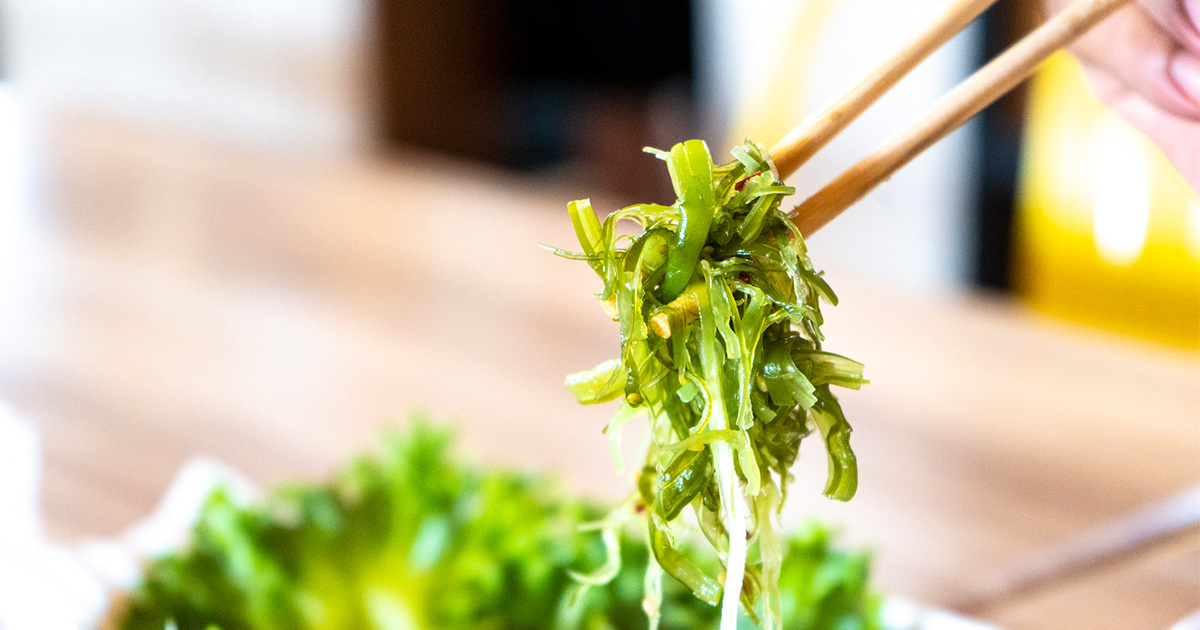

Wiyada Arunwaikit / iStock / Getty Images
By Brian Barth
Wild-harvested seaweed can be found in very expensive packets at health boutiques, but it is abundant and free to harvest on beaches along both coasts. You can pay a handsome sum to take a seaweed harvesting workshop or do a little sleuthing and strike out on your own — it’s surprisingly easy. Here are the basics.
Where
Any coastal area with rocky stretches of coastline is generally chock-full of sea vegetables. This includes virtually all of the West Coast and much of the New England coast. You’ll find seaweed on the flat, sandy beaches of the Southeastern U.S., but often in more modest quantities. The most important consideration is to avoid areas of urban and industrial development, where water quality is questionable. If in doubt, contact state or county authorities for advice. It is best to contact the authorities to find out about local harvesting restrictions and whether permits are required. The rules vary widely: In Washington, a permit is required, but you’re free to harvest for personal consumption up to certain limits in other states (up to 10 pounds a day in California and up to 50 pounds a day in Maine).
What Kind
No seaweed is poisonous, but some are more palatable than others. Here’s a sampling of the most popular varieties.
How to Do It
You want the freshest possible seaweed, not the stuff that washed up weeks ago and is piled up in a stinking mat of debris at the high tide line. The optimal time to harvest is at low tide on a calm day, when you can safely wade into the shallows and harvest directly from the beds of living seaweed (bring water booties to protect your feet from the rocks). Using scissors or garden clippers, cut off no more than half of a given plant so that it can continue to photosynthesize. Never pull the plant up from the base. Alternatively, go to the beach after a big storm and harvest the piles of fresh seaweed that have just washed ashore.
Bringing the Harvest Home
Mesh bags are ideal for collecting and transporting seaweed, as they allow the water to drain out. If you’re going to be at the beach for a while and the weather is hot, you may want to bring an ice chest to keep your harvest from becoming a slimy mass. Remove shells, stones and other loose debris. Fill a plastic tote with clean water and repeatedly dunk and swish the seaweed until all the sand has floated to the bottom of the container. To dry, simply stretch a piece of rope across a sunny area and string the seaweed along it like laundry. Store your harvest in glass jars.
Reposted with permission from our media associate Modern Farming.

 233k
233k  41k
41k  Subscribe
Subscribe 